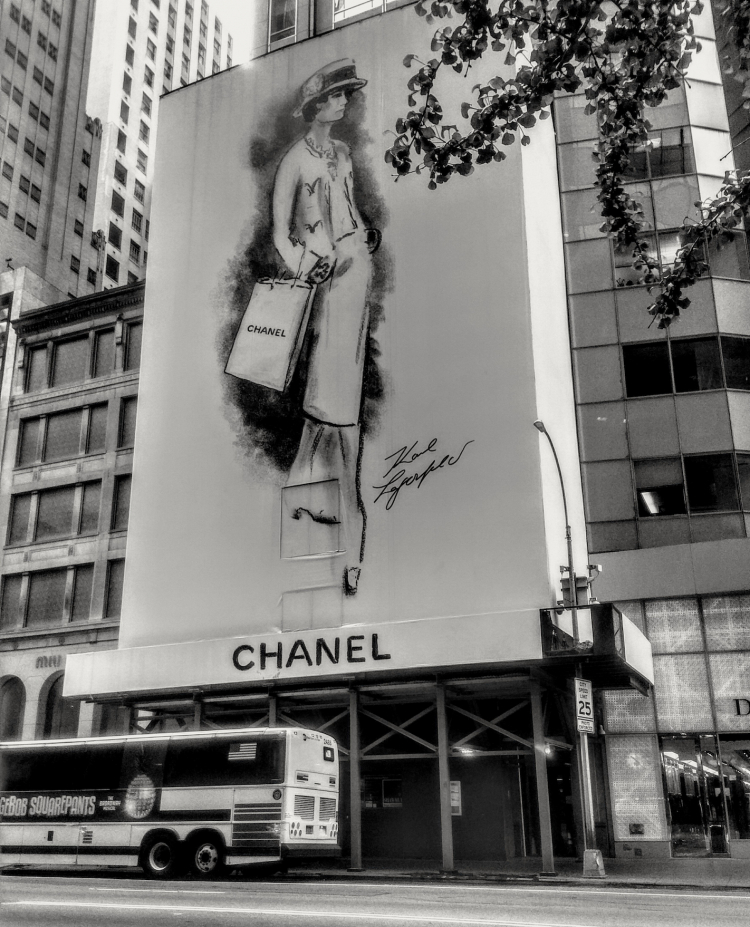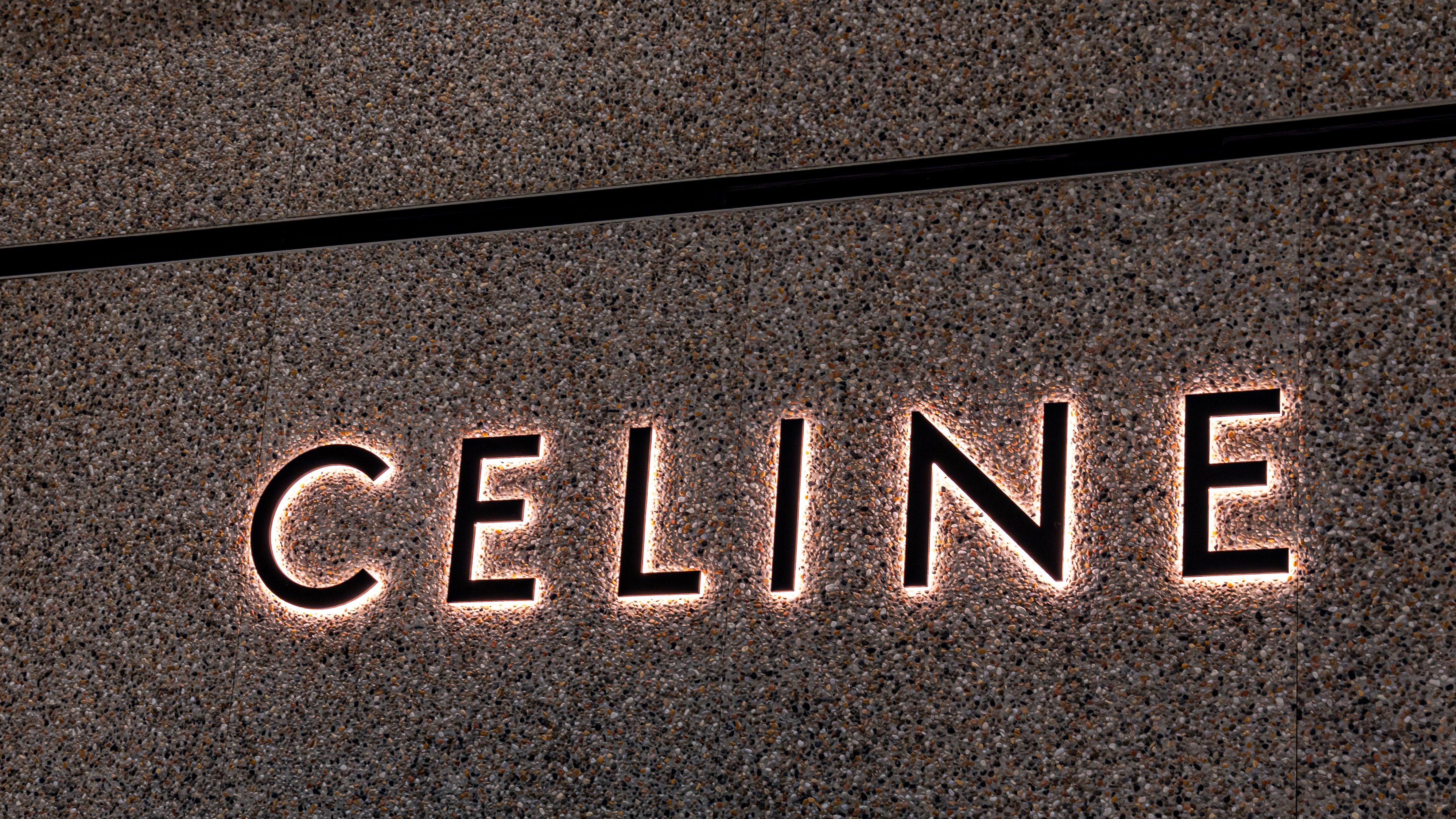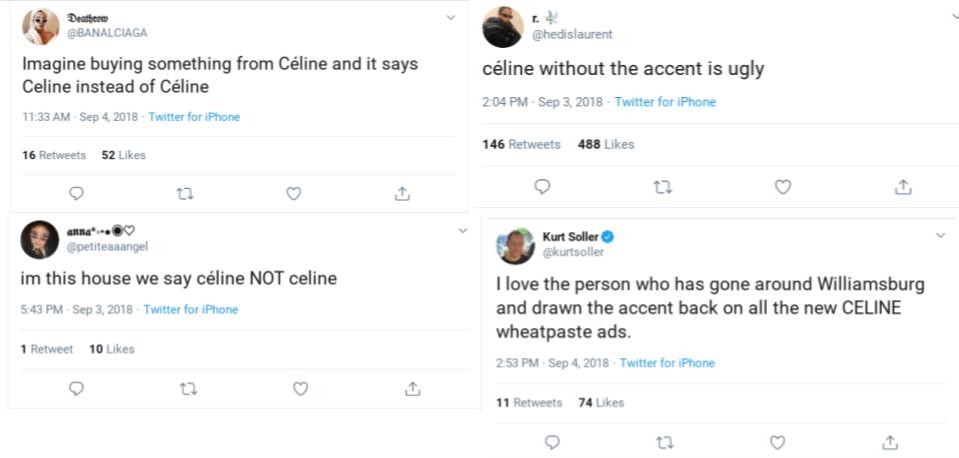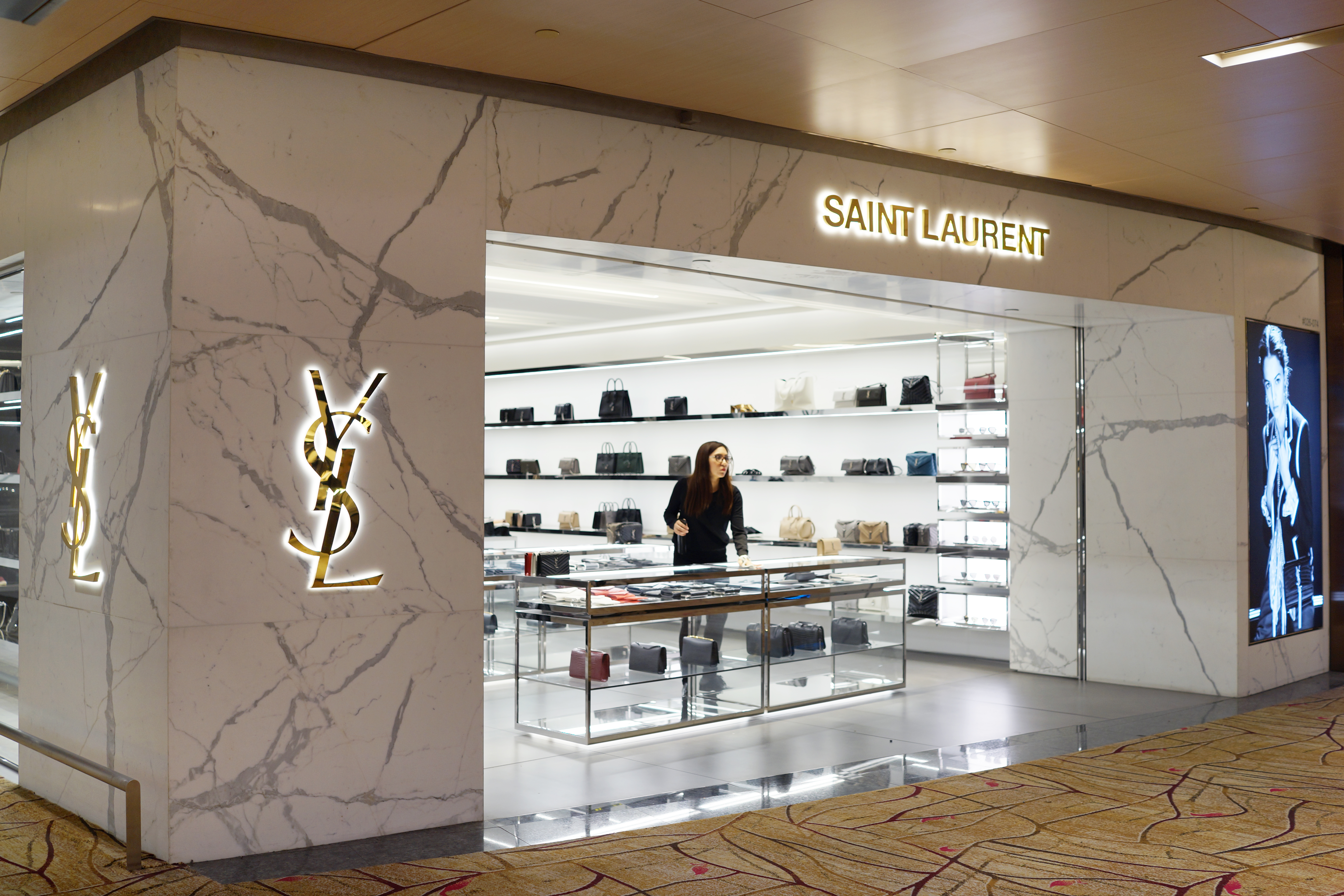What's in a Name?

Names in the fashion industry equate to power. Many times it is brand name investment that draws you into buying luxury clothing and accessories. While you may think that the shirt or handbag you are looking at in a shop is pretty, many times it is the brand name that pushes you into finally buying it. From Chanel's iconic "CC's" to Louis Vuitton's classic "LV", brands have utilized their names not only for the purpose of easy recognition, but to build brand importance in an industry where the hierarchy structure is always changing.
Chanel is a significant example of what a company will do to protect its brand and name. Every few months, the company sends out a press release stating what people, from brand lovers to fashion editors, can and cannot say when discussing the brand. The document is harsh and to the point, but it gets the message across. Chanel is the only company that can deem an item as "Chanel".
For a brand like Chanel, losing rights in its eponymous trademark would be a multi-billion dollar loss. https://t.co/anq3Eu2Kvx pic.twitter.com/YE2mTHmCBD
— The Fashion Law (@TheFashionLaw) September 6, 2019
But what happens when a company changes its logo?
According to Maura Brannigan, the editor-at-large of Fashionista, a logo change is only natural when a company wants to shift from or sometimes go back to its previous identity. She states in her article, "when a company, whether in fashion or not, wants to reinvent something about its business, a logo change is a natural place to turn. After all, it's the logo that most explicitly prompts brand loyalty, that represents the product, that creates aspiration". However, once the finished product is presented, it is not always met with awe and compliments.
Logo of Celine company in the mall of Incheon International Airport, Image Credit: Shutterstock: 1525938083In 2018, under the creative direction of Hedi Slimane, Céline changed to Celine (presented as CELINE). What was supposed to be a homage to the original 60's logo, ended up being a "scratch your head in confusion" sort of moment for their brand followers. To celebrate the change, the brand created #CelinebyHediSlimane for fans to showcase their excitement via social media - or at least that's what the brand wanted their followers to feel. Instead they received tweets that emphasized negative emotions toward their new logo.
@petiteaaangel's, @BANALCIAGA's, @hedislaurent's, and @kurtsoller's reaction to Celine's name change, Image Credit: Twitter, https://twitter.com/petiteaaangel/status/1036640955984748546, https://twitter.com/BANALCIAGA/status/1036910152186769409, https://twitter.com/hedislaurent/status/1036585842339340288, and https://twitter.com/kurtsoller/status/1036960383863607297The company stood behind its decision, disregarding the backlash.
Saint Laurent Store, Image Credit: Shutterstock: 1124746712This wasn't Hedi's first controversial name change. If anything, the accent change could be seen as something minor when compared to the case of Yves Saint Laurent. Like Celine, Hedi decided in the Summer of 2012 to take the brand back to its roots by changing the name, YSL, to Saint Laurent. Thus harkening to the very first name, Saint Laurent Rive Gauche.
Regarding the change, Ella Alexander, Harper's Bazaar's Deputy Digital Editor, quotes a YSL spokesperson in her British Vogue article, "Slimane will use the house's 'original branding' in order to restore 'the house to its truth, purity and essence - and taking it into a new era', while 'respecting the original principles and ideals'. The brand's logo will also remain the same".
Collection hasn’t even dropped and I’ve beeen tired of Hedi Slimane for Céline 🙄🙄.... also why does this dude just come in and change names?? Can we please have Cèline and Yves Saint Laurent back?? 🤦🏾♀️ #itsreallynotthatdeeptbh #butImstill #InMyFeelings #céline
— Julienne 🇧🇪🇨🇩🇺🇸 (@AvecJulienne) September 4, 2018
The idea of going back in time is a manifestation of the overall trend of brand importance via history. One of the most powerful tools a fashion company can have is their mythology and iconography. History helps create the spectacle of today and keeps people buying products for the sake of the brand's name. Fashion brands understand the importance of history and remaining loyal to it. It is why so many of them have created museums, like Musee Yves Saint Laurent where people can view the dreams, originality, and hard-work of the namesake designer.
Mockup of Yves Saint Laurent’s studio at the Musee Yves Saint Laurent, Image Credit: Kayla Stokes Yves Saint Laurent’s original sketches of his 1965 The Mondrian Collection, Image Credit: Kayla StokesEven fast-fashion companies are hopping on the logo or name change train. In 2019, for the second time, Zara changed their logo from spaced letters to overlapping ones. Unlike the previous two examples, there was no fanfare with the change. The change wasn't triggered by the usual creative director switch, but a desire for a fresh look. However, much like the high fashion brands, the change was met with confusion as to why it needed to be changed at all.
With each of these examples and so many more, one can't help but ask "if it ain't broke, why fix it"?










